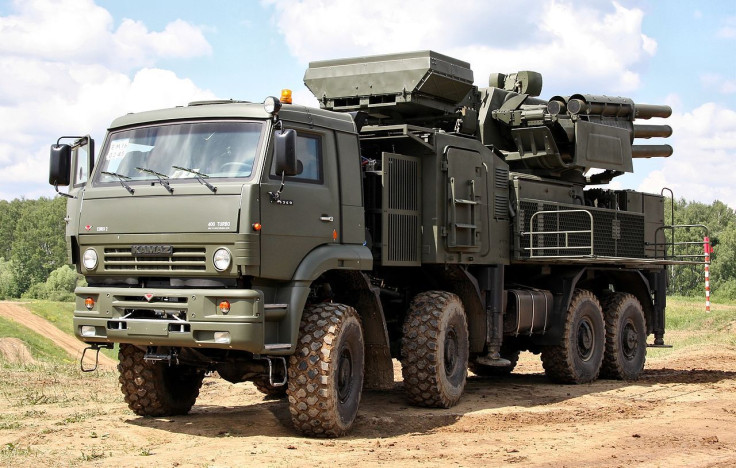Russian Military Sales To Brazil: Pantsir-S1 Surface To Air Missile System Deal Being Negotiated

The Brazilian military is in advanced negotiations to buy Russia's Pantsir-S1 surface to air missile system, according to a report Tuesday from the Russian news site Sputnik. The potential contract, which was first discussed in 2012, demonstrates the increased scope and range of Moscow's ability to sell weapons to countries outside of its traditional Eastern European market.
The contract was delayed three years ago when Brazil was forced to cut its state budget as the country's economy began to toil. Despite continued economic problems, which are moving the country slowly toward a recession, the missile system deal is back on.
“Russia has been notified that an allotment from the Brazilian budget for the purchase of Pantsirs is planned for 2016,” said an official for the Russian Federal Service for Military-Technical Cooperation to RIA Novosti, a Russian-language news site.
Russian missile technology has been steadily improving over the last decade as the country's military manufacturing sector benefits from Moscow's $400 billion defense modernization project, which is expected to be complete by 2020 and will help propel the country's military into the 21st century.
For example, the S-400 missile defense series, which is being readied for sale to Iran later this year and China in the future, represents a system that is comparable in ability to the U.S-built Patriot missile defense unit, according to experts. In 2014, and despite economic sanctions against Russia, the country has increased its annual weapons sales to around $13.2 billion, according to a Moscow Times report.
The S1, a short- to medium-range anti-aircraft artillery weapon system that first entered service in 2012, is set to gradually replace the Tunguska self-propelled anti-aircraft weapon. The system is designed to track a variety of targets flying at altitudes ranging from five meters (around 16 feet) to 10 kilometers (approximately 6 miles) and at ranges from 200 meters (about 656 feet) to 20 kilometers (nearly 12.5 miles).
© Copyright IBTimes 2025. All rights reserved.






















